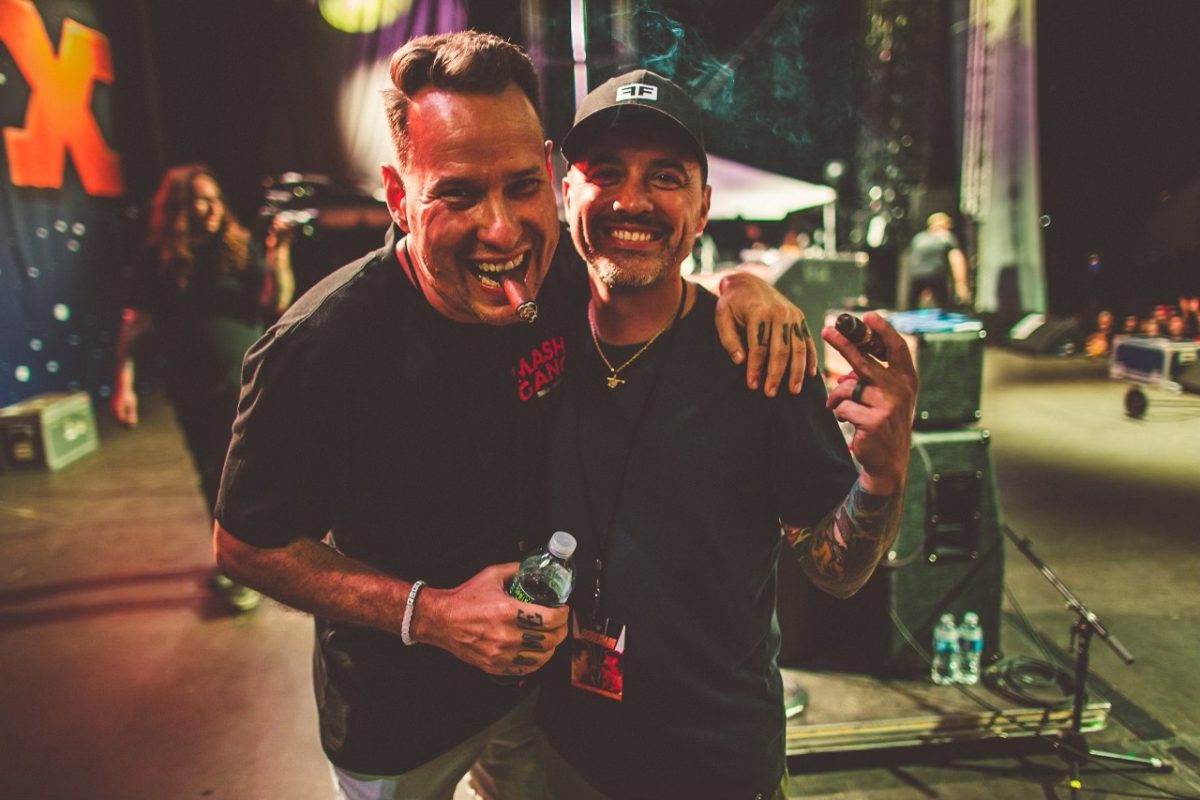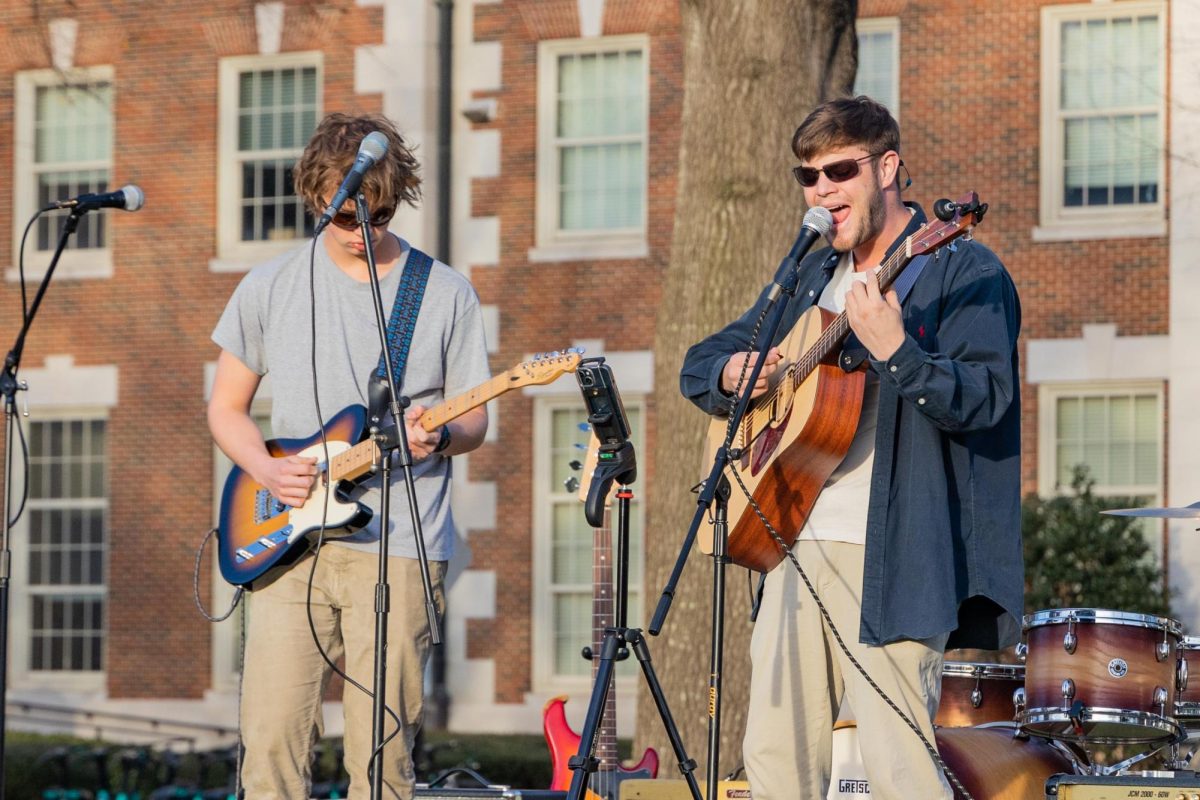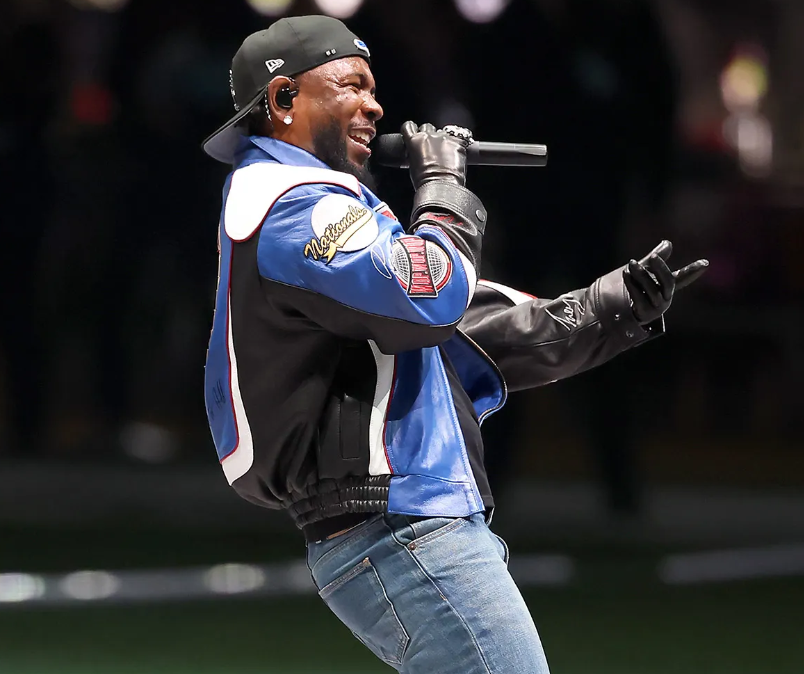Milton Ragsdale, one-half of local experimental trans-genre duo Them Natives, recently handed me a copy of the group’s latest project. It’s a handheld box, a lightweight slab, hard-plastic and rectangular and fitted to the grip. I let it slip into the pocket of my shirt. It’s a cassette tape.
Last year was a good year for the tape. Lo-fi indie band Dirty Projectors issued their much-anticipated album “Bitte Orca” on cassette, alongside CD and vinyl versions. Washed Out and other so-called “glo-fi” groups rightly appropriated the medium for their hazy, bedroom-produced releases.
Mail-order tape labels helmed from the corners of living rooms propagated around such indie capitals as Portland. As a long decade nostalgic for 1980s pop culture came to a close, the favorite audio format of the ‘80s had found a new generational community of enthusiast musicians and listeners.
The boom can be explained twice. Most essentially, the Internet was the key ingredient, doing what it does best in connecting geographically disparate practitioners of a niche subculture. Blogs documented the daily business of tape labels, musicians, graphic designers, and collectors.
Newer cassettes were posted for sale or trade while older, rarer ones became sought-after items on eBay. A virtual infrastructure of cassette culture and commerce was arising, garnering attention from influential web publications such as Pitchfork.
The other explanation for the boom involves practical concerns. Tapes are exceptionally cheap to manufacture – typically around 20 cents per unit. Such thrift qualifies tapes as an ideal medium for short-run, home-audio projects, such as the aforementioned release by Them Natives.
While standard-quality CD orders typically require a minimum run of 500 copies, tapes can be produced in smaller batches and faster. The capacity of anyone with a dual-cassette deck ($10 at the thrift store) and a blank to quickly copy a tape accelerates and elongates the distribution process for an originally limited-release DIY project.
This is a central reason for cassette culture’s longtime existence in the first place. From its initial popularity in post-punk England and hardcore-punk America to its continued implementation in the U.S. through the early-90s independent scenes, tapes functioned as the consummate DIY audio distribution vehicle. Inexpensive, compact, durable, and – for those reasons and more – essentially egalitarian, like-minded music lovers loosely associated by zines, college radio and other subcultural networks mailed their cassettes from one end of the country to the other. Elaborate, handmade packaging often shone through the clear plastic shells. Some tapes were as prized for their visual appeal as for their musical content.
But that was a cassette golden age, before the advent of mass digital audio and the distro-ready ease of the Internet. Are tapes really still useful in the 21st century? Was the recent boom just a hipster fad? Ongoing cassette releases by bands like Them Natives seem to indicate that today’s devotees of DIY music continue to find value in the format for the same reasons that first piqued the attention of punks and riot grrrls of yore.
And, as with the ongoing vinyl revival (as discussed by your columnist in this newspaper last summer), the rediscovered appeal of tapes has as much to do with the physical experience of dropping one into your deck, tapping the play button, flipping it when appropriate, rewinding it at the end. The whizzing magnetic ribbon hisses across the tape head and into a tight enigmatic roll.
Thurston Moore of perennial indie rock band Sonic Youth, in the midst of summer 2009’s glo-fi delirium, declared: “I only listen to cassettes.” Bless his heart.








